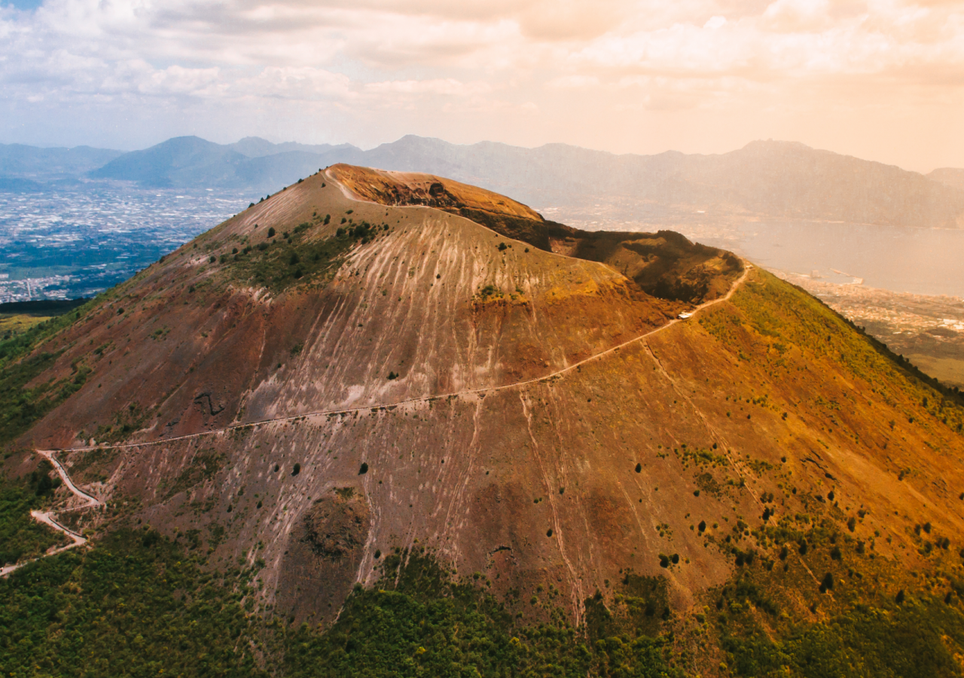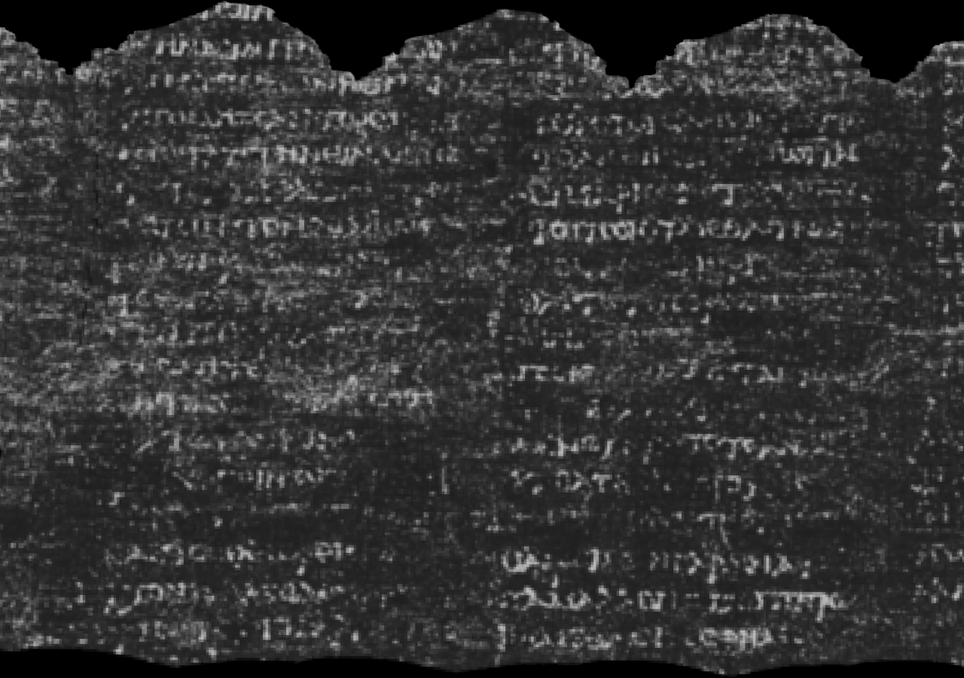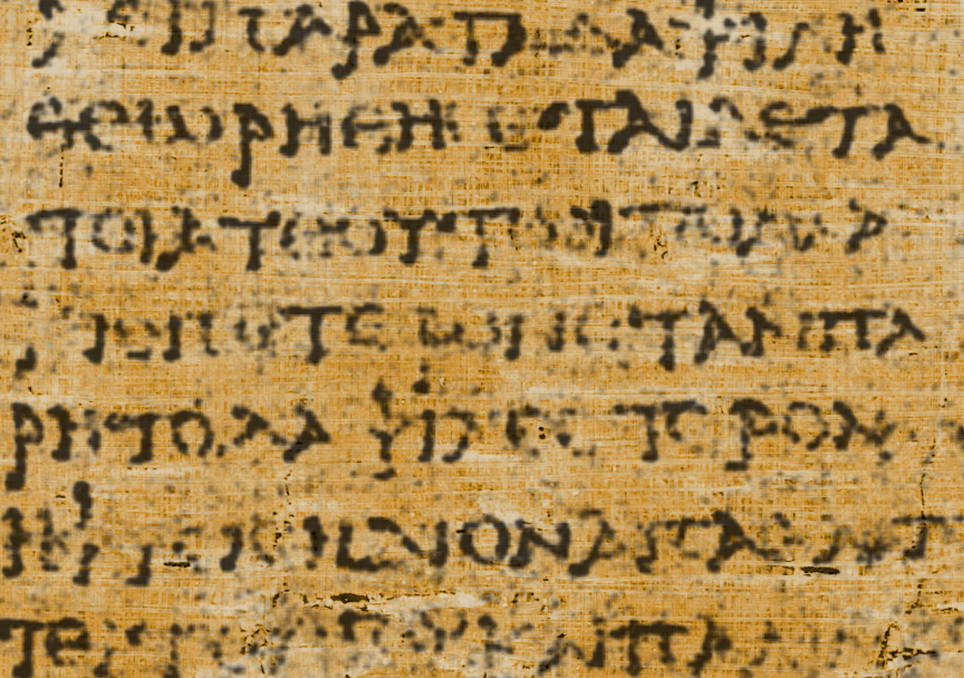
The Vesuvius challenge was created by investors Nat Friedman, Daniel Gross and Professor Brent Seales in 2023. The goal of the challenge was to use artificial intelligence techniques, especially machine learning, to read papyri from 2000 years ago called Herculanus papyrus. The prize for those who take the challenge reaches up to 1 million dollars.
Recently, Vesuvius awarded the work done in 2023. First was a group of doctoral students Youssef Nader, Luke Farritor and Julian Schilliger who had never met before the challenge. However, a Brazilian group came very close to the award and was in second place. Team took 50 thousand dollars as a prize.
When they were able to translate the papyri, the challenge groups found texts about pleasures, food and music. One of these translations found a text that describes how food is related to a sense of pleasure and well-being. With this, the challenge has already launched the next challenge that will be awarded at the beginning of next year.
Mount Vesuvius
Mount Vesuvius is a volcano located in the city of Naples in Italy. The volcano is known to have been responsible for the destruction of the city of Pompeii in 79 A.D. The city of Pompeii is still a historical point in Europe because to this day it is possible to see the destruction made by the eruption of the volcano.
It is one of the only volcanoes in Europe that has had an eruption in the last 100 years with the eruption that occurred in 1944.
Another historical landmark is the destruction of the city of Herculaneum as a result of the same eruption that destroyed Pompeii. At the time, the eruption destroyed the Village of the Papyrs that was the residence of the father-in-law of Emperor Julius Caesar. Inside the residence, there was a library with papyri that were preserved by the effect of the ashes.
Herculano Papyrus
In 1750, a group of farmers when building a well found the Village of Papyrus buried under the rubble of destruction. Despite this, what the group found were the preserved and intact papyri after so long. The papyrus rolls were carbonized and covered with ashes but still remained intact.

Reading the papyrus would provide a great discovery for the study of Antiquity Literature. Because of this, the attention of many historians and papirologists was called to try to read and decipher the writings. However, the papyrus were still extremely fragile to the touch and many papyrus were destroyed when trying to open them. But more than 600 remain closed.
Technology to read the papyri
In 2015, Professor Brent Seales of the University of Kentucky built a tool capable of reading papyrus without opening them. The test was done with texts found in the Dead Sea region and its content contained parts of the book Leviticos. The technology is based on X-ray tomography that can map the ink containing carbon.
With this work, an opportunity to be able to read Herculaneum’s papyri, without the danger of destroying them when opening, has arisen. Investors Nat Friedman and Daniel Gross joined Seales to create the Vesuvius challenge. The challenge that focuses on using the Seales technique along with the use of artificial intelligence to decipher the texts found.
Artificial Intelligence
The Seales technique consists of scanning the scrolls using X-rays, segmenting part where the text is located and using artificial intelligence to identify regions with the presence of a team. However, the excerpts with identified inks were not perfect and made it difficult to read. With this, another artificial intelligence application was necessary.
Como nosso time usou Inteligência Artificial para revelar textos inéditos de um papiro carbonizado há dois milênios e empatou em segundo lugar nesse desafio incrível que mostra um lado positivo dos avanços em IA: https://t.co/PFAD6P04eS
— elian rafael (@elianrafaeldp) February 9, 2024
The artificial intelligence model was trained using machine learning techniques.When being trained, it was possible that the model could identify the letters present in the text even if they were blurred. The first word to be found was “porphyras” which means purple.
Brazilian team
The Brazilian team led by physicist Elian Rafael Dal Prá used these techniques to be able to identify more letters. The work is available online and they used a technique where they classify blocks one by one through computer vision techniques. At work, they focused on the use of segmentation to identify and classify letters.

Currently, about 5% of a papyris is identified and the work is already in the hands of papirologists to make an in-depth analysis of the text. The 2024 challenge has already begun and the next step is to be able to read most of the scroll using these techniques.
Message from the papyri
After so many years, what are the messages that were found in the texts of this papyrus? The groups found that the texts spoke, in general, about pleasure.One of the excerpts focused on the pleasure related to food, the feeling of well-being.
According to the Vesuvius challenge, in this way it is possible to obtain more information about the culture and philosophy of the time. Something that was extremely difficult considering that few texts were accessed over the centuries.
